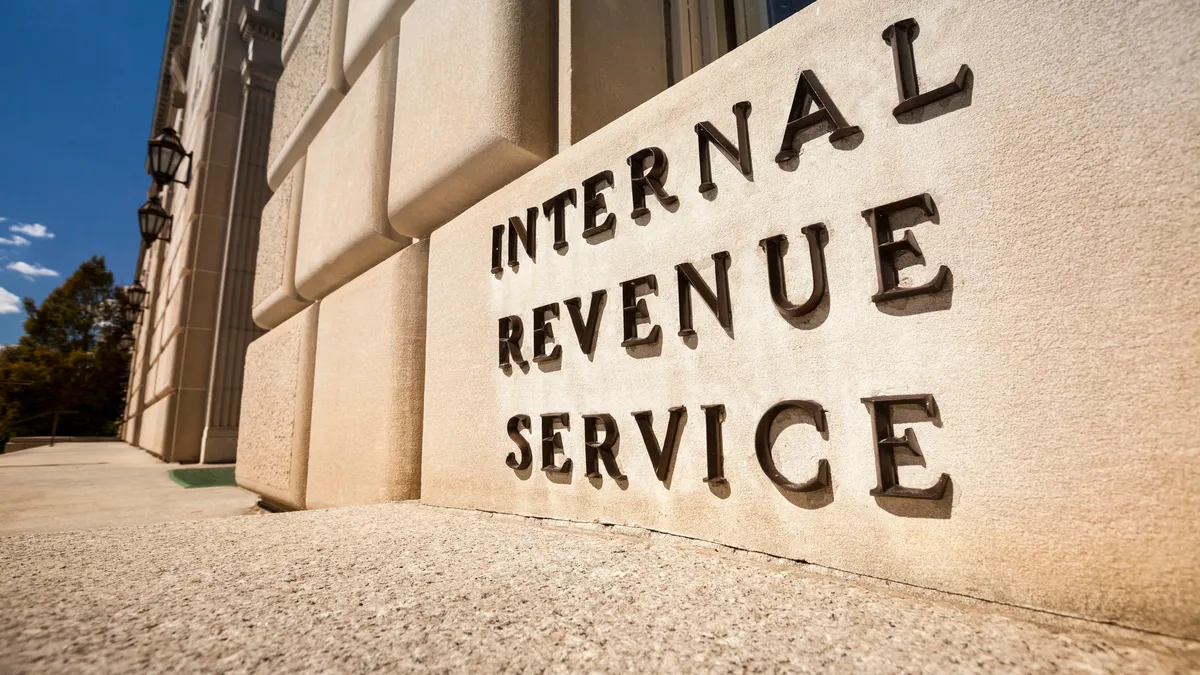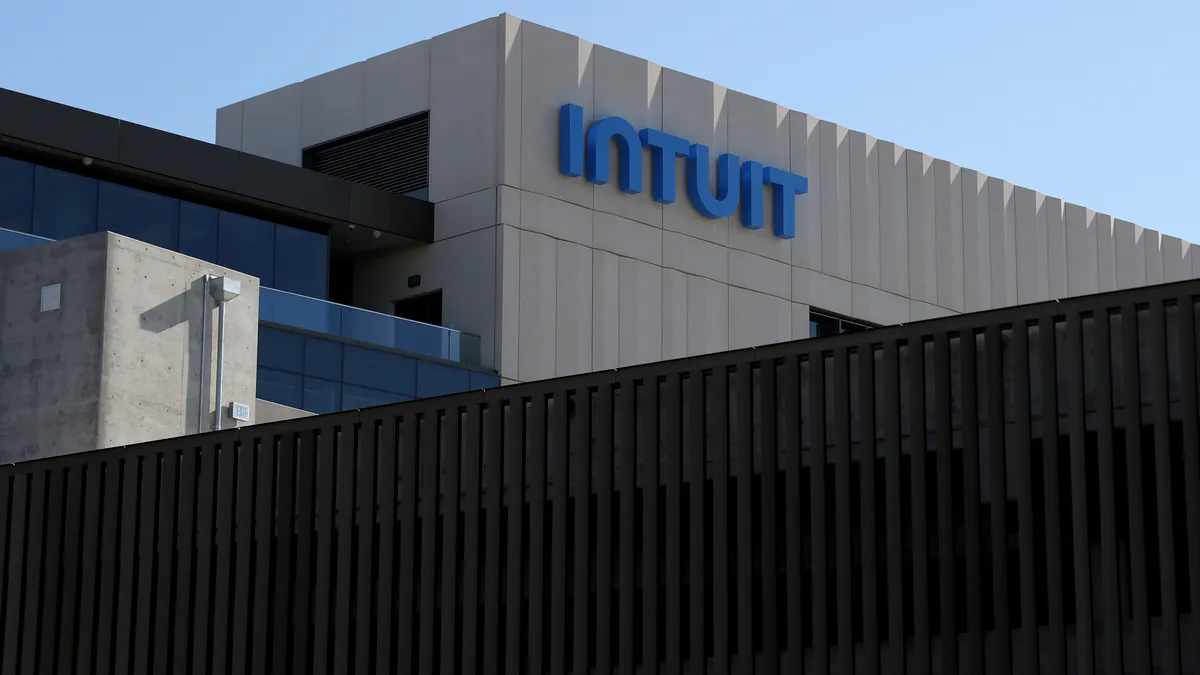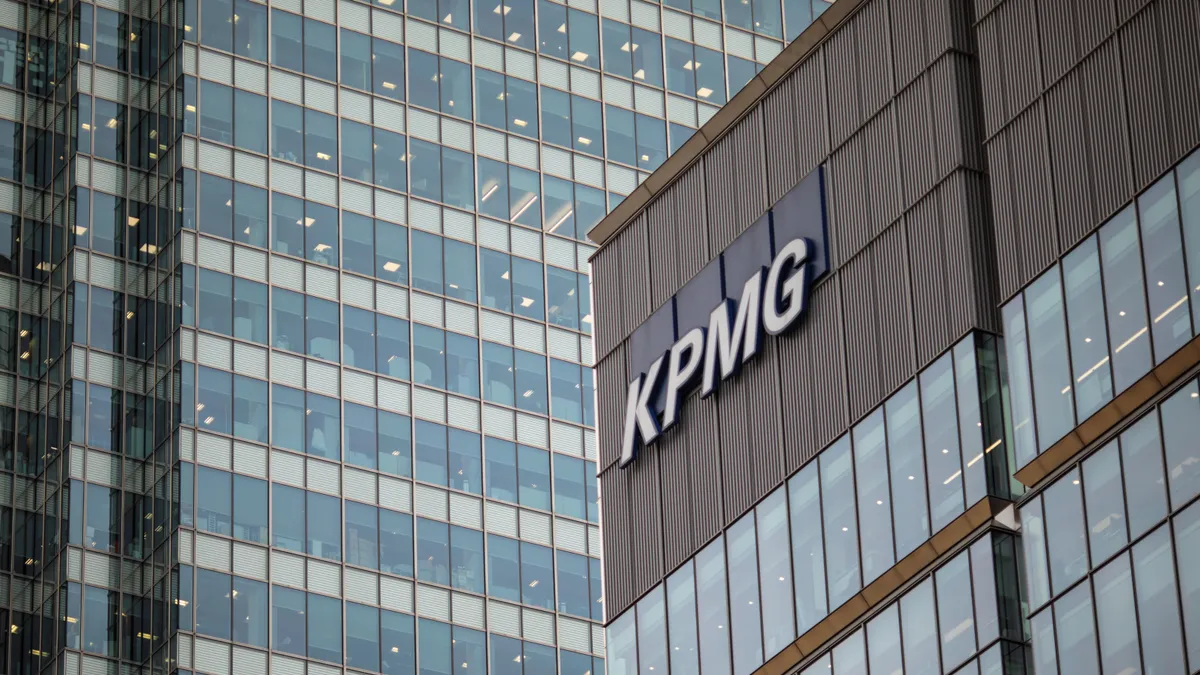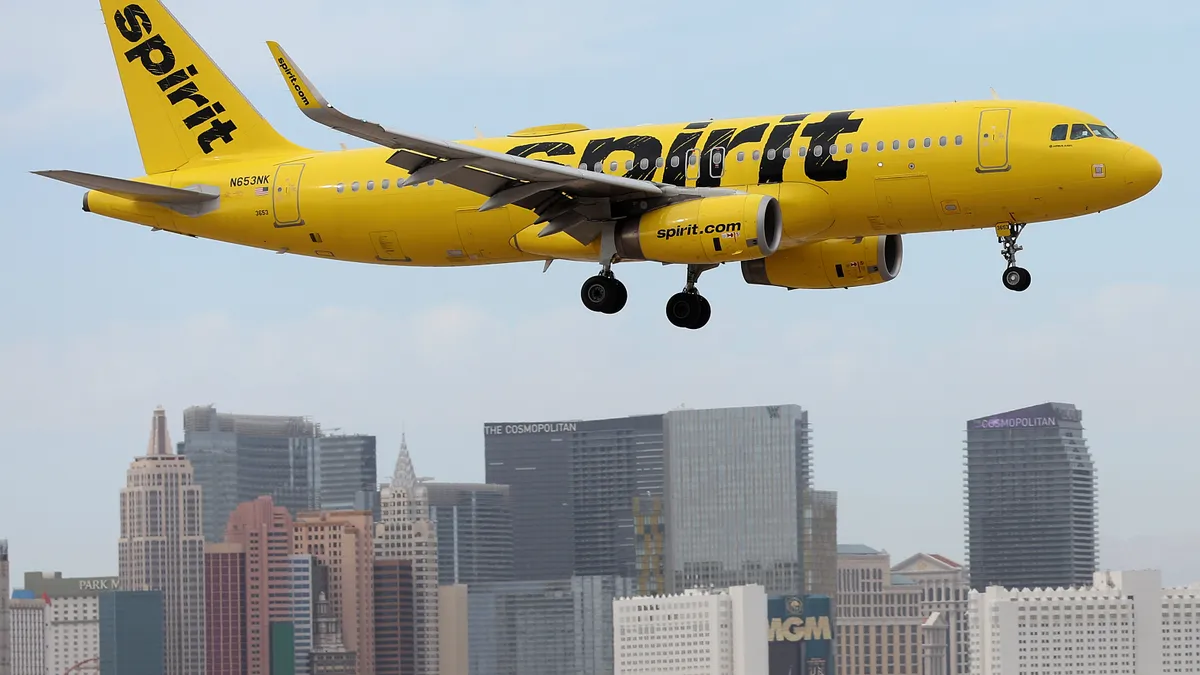Prescient moves made by many companies that depend on shippers combined with the general fragmentation of the freight market are largely damping disruptions resulting from the collapse of Yellow, one of the nation’s largest trucking companies, experts say.
Yellow, a 99-year-old trucking company based in Nashville, Tennessee which comprised about 9% of the industry’s trucks that carry relatively small loads, filed for Chapter 11 bankruptcy protection on Aug 6. The filing sparked concerns of supply chain disruptions and increased shipping rates due to the decline in operators.
While Yellow’s turmoil is increasing pressures faced by businesses that must transport products, finance leaders have been preparing for the event for some time and, experts say, as a result the disruptions and price impacts stemming from the bankruptcy are anticipated to be relatively mild.
“I don’t think there was a lot of surprise...People were preparing for this for months,” Scott Pruneau, CEO of third party logistics company ITS Logistics, said. “Freight had been moving to other providers so some of that volatility is already being baked in.”
Backup plans and fragmentation
Jessica Dankert, vice president of the Supply Chain at Retail Industry Leaders Alliance — which counts companies like Home Depot, Target and Walgreens among its members — made a similar point, noting that large retailers had a lot of time to get ready so that when the bankruptcy actually happened, they were prepared to deal with the fallout.
“A lot of runway and a lot of opportunity was already in place in terms of having mitigation plans and backup plans in place. What we see in the market is there hasn’t been a hit to capacity and rates have been pretty manageable just generally. So it hasn’t caused a lot of disruption from the standpoint of larger retailers,” she said.
Dankert added that large retailers tend to have very complex supply chains which need robust systems to manage them, and so are already well versed in reacting to potential disruption, particularly since the pandemic. This means they were not just able to anticipate the impact, they were able to maneuver carefully enough to largely avoid it.
“Our members, [who are] large retailers, have very complex supply chains and, in many cases, a diversified carrier portfolio to begin with… and had a lot of backup options,” she said, noting that those who were more exposed to Yellow were able to work with other carriers, “where they can backfill those routes and still manage to get things moving on time and not disrupt schedules, particularly on this timeframe where we’re headed back to school and getting inventory in place for things like Halloween or Thanksgiving.”
She estimated those most affected were smaller businesses that either hadn’t prepared for the bankruptcy or didn’t have the means to react.
The large number of big and small players in the fragmented shipping market may also have reduced Yellow’s impact, according to Mason Brady, a fractional CFO who works primarily with companies that sell perishable food items.
For example, the Yellow bankruptcy is not impacting the shippers of perishable food because Yellow didn’t serve perishable food handlers, according to Brady. Now if CH Robinson — a major carrier for perishable foods — went out of business, then there might be a problem for the sector, he said.
Pandemic tailwind
Then too, the lessons learned from the strained supply chains in the COVID-19 pandemic led many companies to set up contingency plans and rethink their operations.
As a result, Steven Beda, Executive Vice President of Solutions/Advisory at transportation spend management solutions provider Trax, said the freight industry already had excess capacity built in due to the the pandemic. What is happening right now, he said, is more of a rebalancing away from this excess capacity.
This can translate into higher prices in the short term in certain parts of the market, especially considering that Yellow was a low-cost carrier. As such, customers who ship smaller loads that Yellow specialized in will likely will be paying more, as rivals in this space traditionally have not matched these low prices.
“I can almost assure you, cost per unit weight for these shippers is going to increase in the short term, almost undoubtedly, because you can’t shift that fast and most of these carriers had price points higher than Yellow,” he said. But he expects that conditions will stabilize once customers start negotiating new contracts with non-Yellow carriers.



















